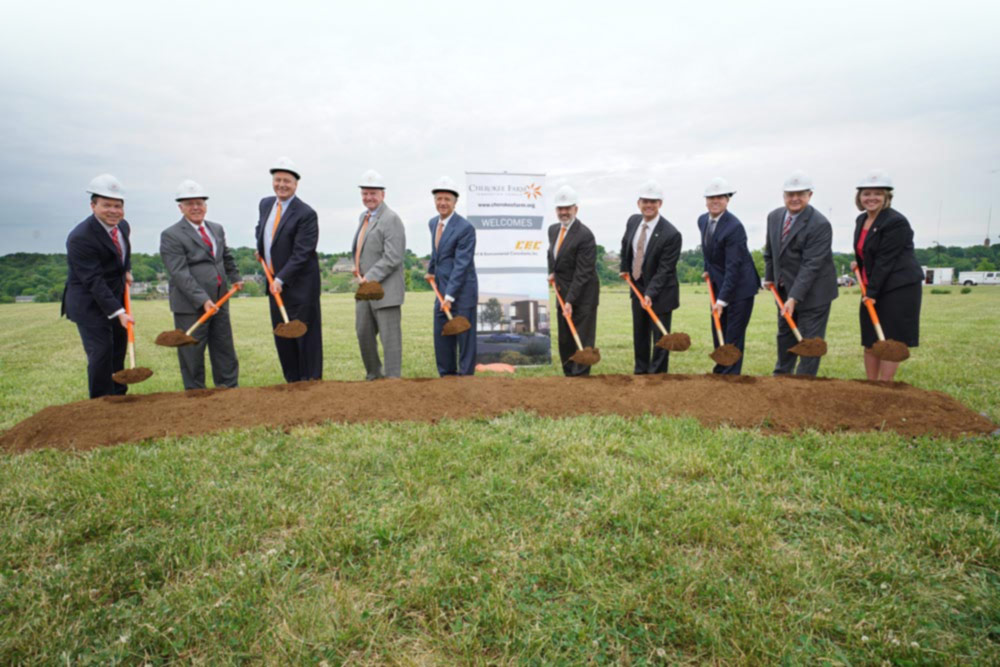we are discoverers.
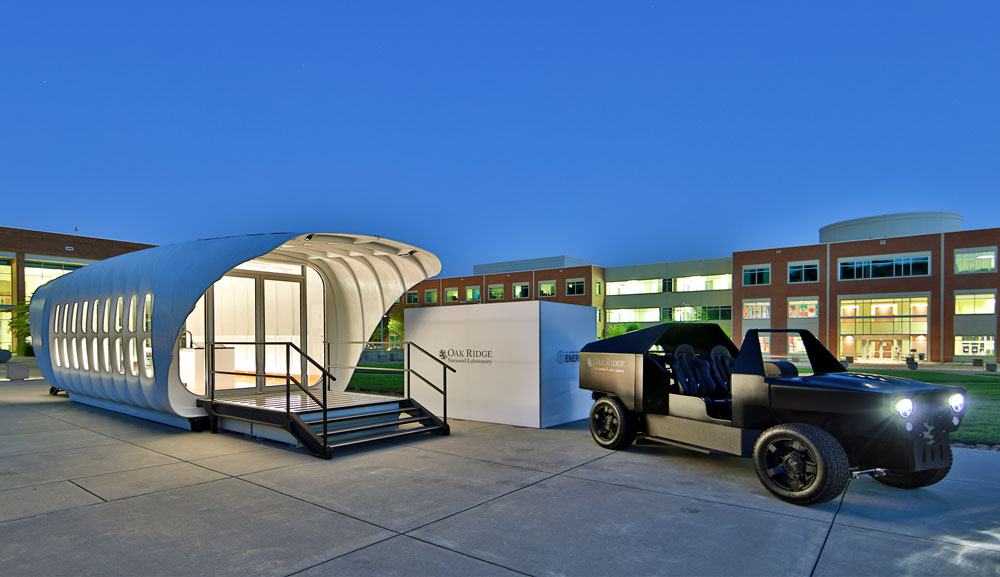

Big Questions
Governor’s Chairs at the University of Tennessee wrestle with big questions, looking for life-changing answers through research.
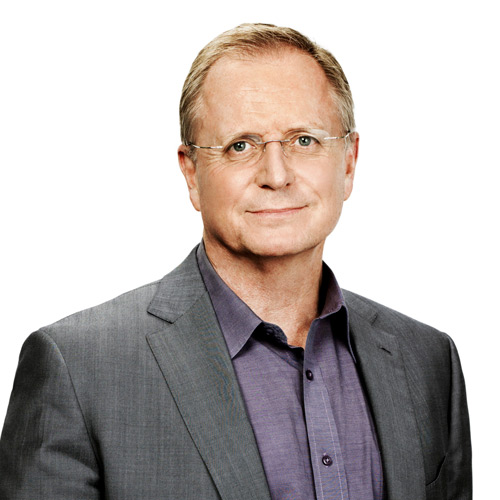 Philip Enquist, UT-ORNL Governor’s Chair for Energy and Urbanism, posed big questions alongside 17 other expert partners including UT, Oak Ridge National Laboratory and Chicago architecture firm Skidmore, Owings and Merrill.
Philip Enquist, UT-ORNL Governor’s Chair for Energy and Urbanism, posed big questions alongside 17 other expert partners including UT, Oak Ridge National Laboratory and Chicago architecture firm Skidmore, Owings and Merrill.
Together, they produced AMIE (Additive Manufacturing and Integrated Energy) 1.0. That’s a house and a vehicle that share energy with each other—and off the electric grid—and that were 3-D printed out of carbon fiber-reinforced plastic.
At only 210 square feet, the AMIE house looms large for the future of integrated design and energy.
“What we were doing was something that was disruptive to possibilities,” said Roderick Jackson, ORNL building envelope systems research group leader and technical lead for the project. “This was not incremental change to how we build buildings or vehicles.”
Instead, it’s a leap into new possibilities that could change how houses are built and powered.
“Education is the process in which we discover that learning adds quality to our lives. Learning must be experienced.”
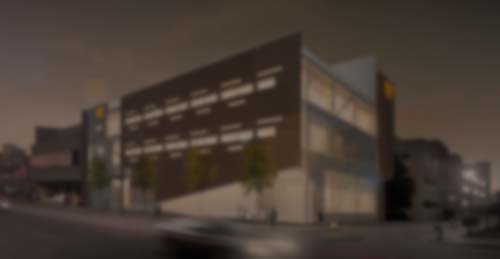
Making a Difference
The University of Tennessee Health Science Center’s commitment to serving the entire state and beyond is evident in new construction, clinical initiatives and student engagement.
The $36.7 million Interprofessional Simulation and Patient Safety Center opening in 2017 in Memphis will train students from all six colleges through simulation settings to provide team-based patient care—the model for quality care delivery.
The College of Medicine launched the world’s largest Mobile Stroke Unit to speed treatment for stroke victims, opened a Center for Addiction Science to combat substance abuse and a Center for Health in Justice-Involved Youth to address the mental health of young people.
Student Louis “Nick” Saites of the College of Graduate Health Sciences received the 2016 Harold Love Award for Community Service for his help to people overcoming addictive behaviors. Occupational Therapy students staff the Rachel Kay Stevens Therapy Center, the only student-run, faculty-supervised, pro-bono pediatric occupational therapy clinic in the country. Medical students Jacob Basham and Terrence Terrell Jones are among just 66 students worldwide to receive Howard Hughes Medical Institute fellowships. Basham researches gene therapy for acute myeloid leukemia, while Jones works in South Africa on tuberculosis and HIV.
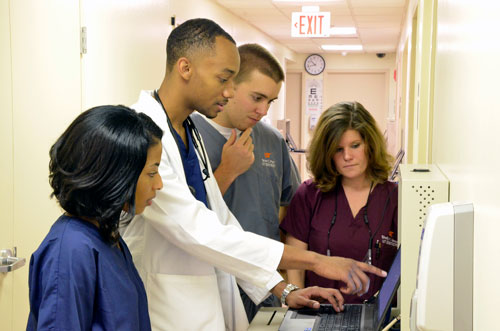
“The only way to the limits of the possible is to go beyond them into the impossible.”
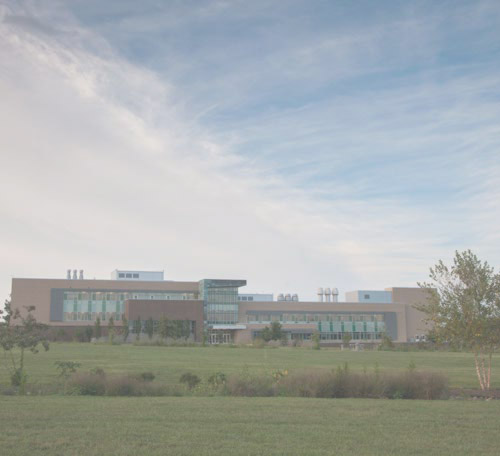
Growing Momentum
From the seed of an idea, the Cherokee Farm Innovation Campus has begun to bloom.
In 2005, leaders secured $20 million in federal funding for a major research center to be jointly operated by UT and Oak Ridge National Laboratory and built on 77 acres of rolling hills on the Tennessee River adjacent to UT Knoxville.
This year, Cherokee Farm reached two milestones with the opening of the Joint Institute for Advanced Materials building and breaking ground on the first privately funded building.
“Conducting research that advances knowledge and solves problems is a critical part of the mission of the University of Tennessee system,” said David Millhorn, University of Tennessee executive vice president and vice president for research. “At the same time, it’s important to have partners in the private sector that are located here at Cherokee Farm. Most of the research infrastructure being developed at Cherokee Farm is to support this interface—which is to enhance research and, in doing so, create jobs.”
